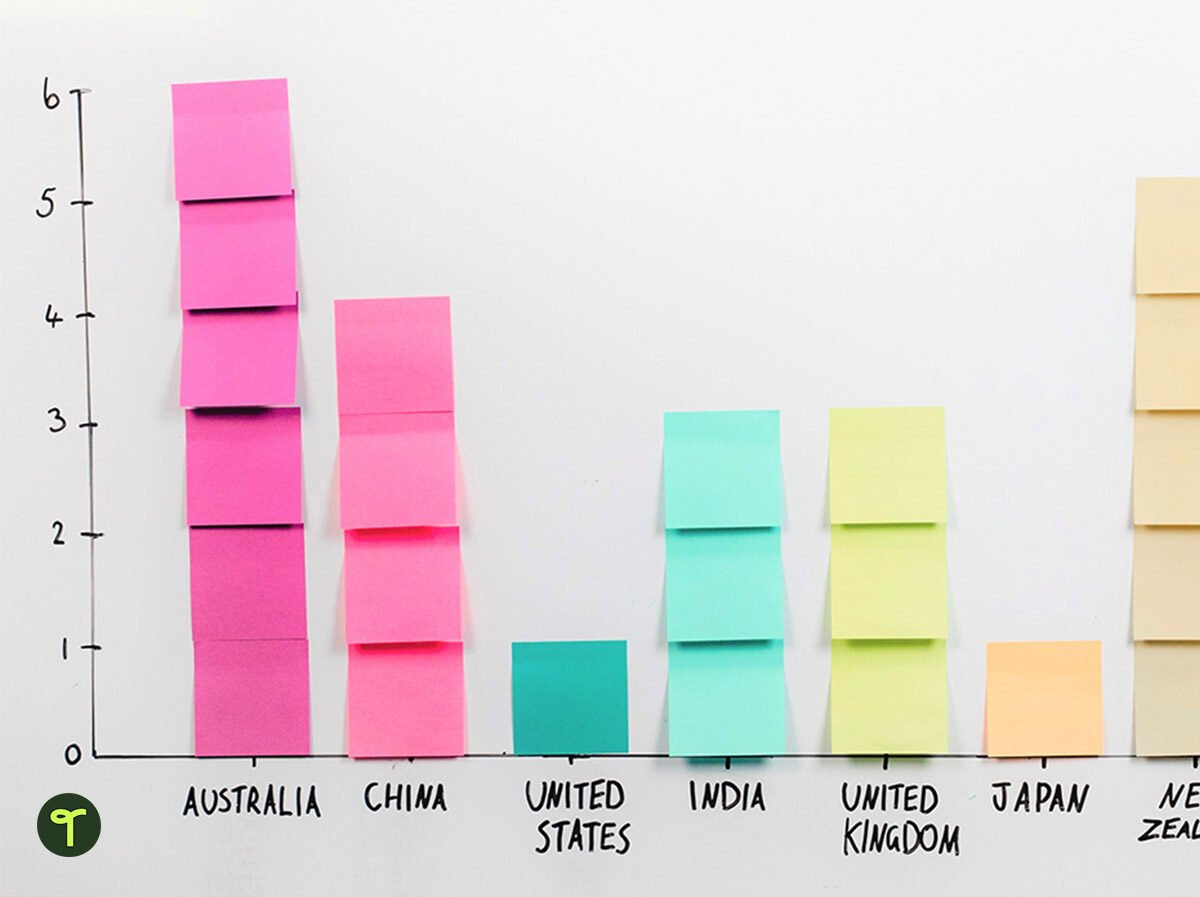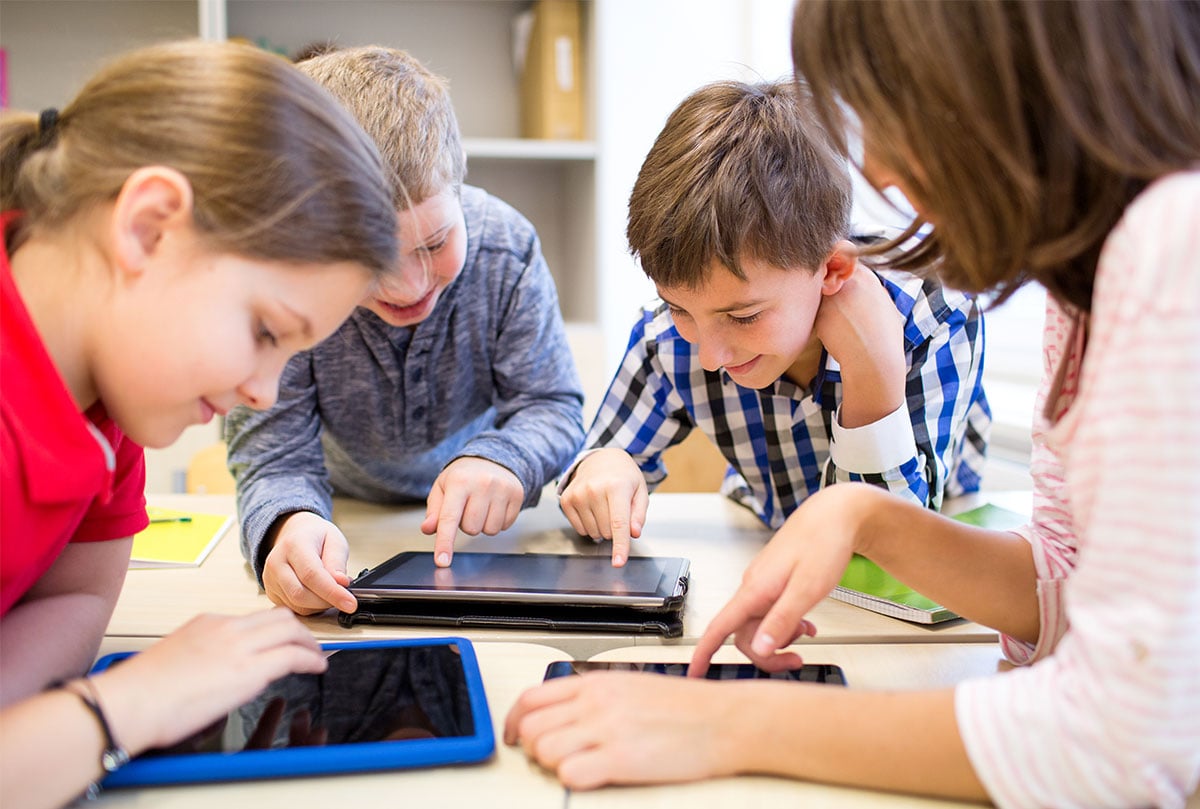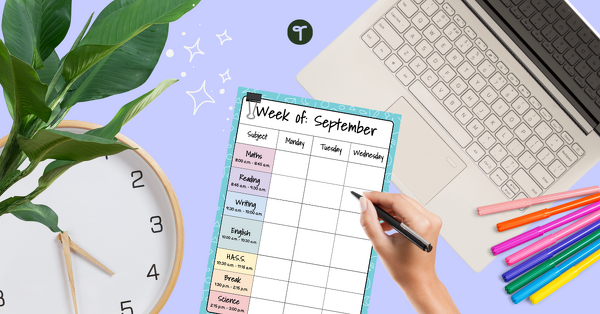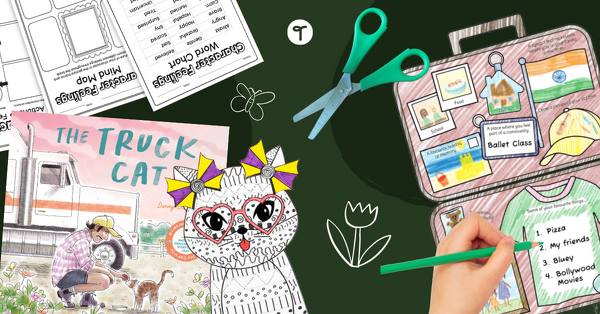When you’re starting a new lesson in your classroom, do you like to dive right in, or do you incorporate a lesson hook to grab your students’ attention and get them excited about learning?
There’s nothing wrong with diving right into learning, but utilising some good lesson hook ideas can make all the difference when it comes to engaging students and maximizing their learning. You can use your lesson hook to establish connections between existing knowledge and the new content, to help students understand how the content will connect to learning objectives, and a whole lot more.
But how do you create good lesson hooks that will set your students up for success? Now that we’ve hooked you, let’s talk about some lesson hook ideas for your lesson plans!
How do you write a hook for a lesson plan?
A lesson hook is an introduction or opening into a lesson that grabs the students’ attention. A lesson hook provides teachers with an opportunity to inject energy into a new learning journey and to create an eagerness to find out more. Think of a rocket launch analogy; in order to reach the moon, an effective and impressive take-off is critical.
Lesson hooks tend to work so well in the classroom because they frame thinking, focus on the concept at hand, and give learning objectives context. Lesson hooks make connections between existing knowledge and future learning. Have you ever asked your students to ‘hook’ the reader when they are creating texts? If that is a ‘yes’ then you will know how important it is to engage and connect with the audience from the onset. Stay with me for some ‘lesson changing’ ideas for lesson introductions.
Here are 9 of my favourite lesson hook ideas for you to use in your classroom.
9 Awesome Lesson Hooks
Theming the Classroom
We’re going to start big here, and we hope that doesn’t scare you away. Theming your classroom can be an extremely effective lesson hook — but we know it can be time-consuming, so it certainly isn’t something you can do for every lesson (or even most of them!).
Still, if you want to give it a try, there are countless ways to use decorations in the classroom as a great lesson hook.
One of our favourites is to set up a picnic theme to introduce book reports. Set desks up like picnic tables with tablecloths and books everywhere. Send your students on a “book tasting” event to find the right book for their first report!
Feely Bags and Feely Boxes
One of my all time favourites (that went down exceptionally well during a lesson observation) is the ‘feely’ bag. This is ideal for lower primary and is a ‘rocket launcher’ for outstanding creative writing.
When you are introducing story settings, engage your students’ senses by filling a small bag with objects, smells and even tastes from a particular location. Some settings are easier to capture in a sensory bag than others. The beach is a good place to start.
‘Feely boxes’ are based on the same concept as a ‘feely bag’ and are well suited to setting up a feely box station.

They are perfect for introducing textures, shapes and much more. Here’s an example of how to do it in a language lesson when learning about adjectives:
- set up a feely box station
- select items with distinct textures (soft, fluffy, rough, cold, smooth, bumpy)
- separate the different textured items and allocate them to different boxes
- provide the students with a basic results table or proforma to record their findings (optional)
- work in small groups to take it in turns to feel inside each box
- ask the students to describe verbally or in writing what the items in each box felt like
- ask the students to write a sentence for each adjective.
Conduct a Survey and Create a Graph
A great way to engage students is to put things into a real-life context and to make it personal. Surveying the class or the school community about age, birthplace and ancestry, is a perfect way to begin a numeracy lesson or a geography investigation into the diversity of people who live in your country.

The Museum Walk
Mimic a visit to a museum in your classroom. This lesson hook is a great way to get students to observe, gather facts and to consider questions that are a catalyst for lines of inquiry.
Here’s how to do it:
- display posters, data, maps, photographs, infographics, interesting props or anything that displays the information that you want the students to absorb
- briefly introduce the activity and pose a focus question. For example, As you walk around the room, consider the question ‘ What does this information tell us about water use in our country?’
- arrange the students at different starting points
- encourage the student to partner up and talk to each other as they make observations
- depending on the age group that you are working on – ask them to put sticky notes on the display with questions or comments
- give the students a 5 minute warning and a 1 minute warning before you ask the students to end their observations.
- bring the students back together for a whole class discussion.
A ‘Museum Walk’ is the perfect precursor to the visible thinking routine – I see, I Think, I Wonder. This routine encourages students to make careful observations and thoughtful interpretations. It helps stimulate curiosity and sets the stage for inquiry.
- What do you see?
- What do you think about that?
- What does it make you wonder?
Play a Game
Who doesn’t love a good game? Check out our collection of classoom games to muster up enthusiasm and focus on the concept at hand.
While it’s ideal to find a game that has a clear link to the theme or concept of your lesson, don’t underestimate the power of playing a game that requires partnerships or collaboration to maximise learning throughout your lesson.
Here are some game ideas:
- I Have, Who Has?- Place Value (3-Digit Numbers)
- Digraph Road Trip Board Game
- The Bean Game
- Counting On 1 – Number Facts Board Game
- 3D Objects Dominos
Use OneNote
Bring some digital technology into your catalogue of lesson hooks by using OneNote. You could grab the attention of your class by posing a question on a OneNote page, asking the student to create a concept map of prior knowledge or set up a digital version of I See, I Think I Wonder. I did a little bit of research for you about this digital beauty and here’s some of what Amanda, a Microsoft Learning Consultant had to say…
“Whether you are already using it or have heard of it, OneNote is a tool that is extremely popular amongst teachers and students alike, due to it’s variety of uses. OneNote can be a blank canvas for digital ideation where, when equipped with a stylus, students can easily create personalised multimodal mindmaps using the draw tools and even add images, audio recordings and videos.” – Amanda Frampton – Microsoft Learning Consultant, Microsoft Education
Having attended one of Amanda’s OneNote courses, I can vouch for the flexibility and usability of OneNote. Give it a go.

Kinesthetic Hooks
Physical movement is a great way to increase focus and maximise learning.
Here are some ways that you can use movement to get your party started:
- get out the skipping ropes or speed hurdles for an outdoor mental maths warm-up game. For example, recall multiplication facts while skipping or jumping hurdles
- try our Skip Counting by Two’s or Arrays Beanbag Toss to add some movement into Numeracy lessons.
- get out the batons for a grammar relay. For example, ask the students to run and exchange the baton and a common noun
- make a human sentence with mini whiteboards when introducing the components of a simple or compound sentence.
Use Musical Hooks
Music can be used in multiple ways to create an ear-buzzing lesson hook. In Holly’s blog Powerful Ways to Use Music in the Classroom, she shared some invaluable insight into the benefits of using music as part of your practice.
Holly also shared her personal story of using a maths song as a lesson hook to teach shapes and how this became a class favourite.
Here are some ways that you can use music to hook your students’ attention:
- create the right mood or atmosphere as a stimulus for creative writing
- let the lyrics of a catchy song introduce the focus of your lesson,( this is well suited to Langauge and Numeracy lessons and as there are so many educational songs for kids on YouTube) Remember to be super vigilant with checking the adverts and the content
- play a song as students enter the classroom and ask them to guess what concept or topic the song might be related to.
- ask the class to write a song about a topic to express their existing knowledge about a topic or concept.
Invite a Guest Speaker
Tap into the knowledge base around you and seek out experts in your local community. By mixing up the classroom routine with a guest speaker, you are sure to inject some excitement and anticipation about your next project.
You can even bring in a virtual speaker via Zoom to broaden your student’s horizons with a “visit” from an expert who lives halfway across the country!
I hope that these lesson hooks give you some inspiration to refresh and re-boot the way that you introduce your lessons. There are so many creative ways to engage your class and I would love, love, love to learn about how you do it!







Comments